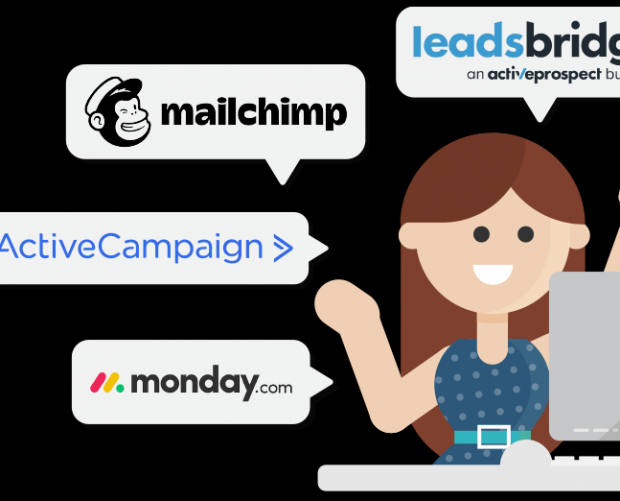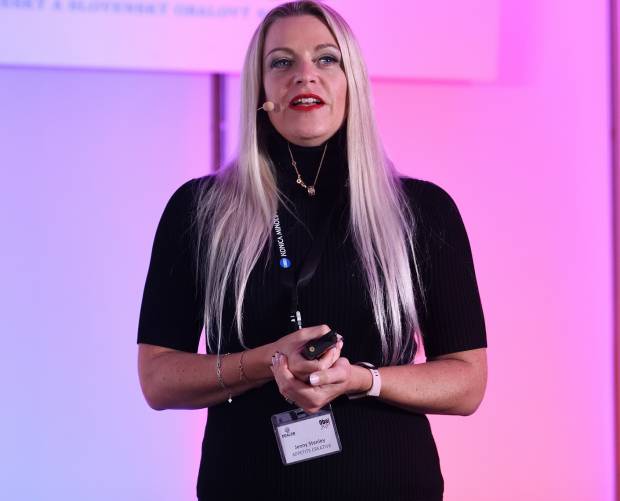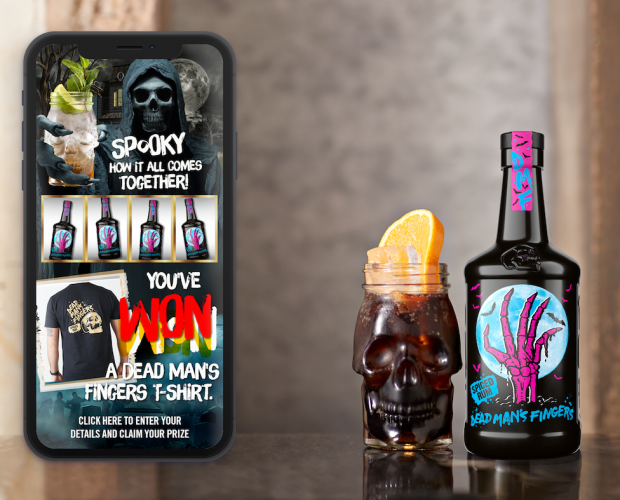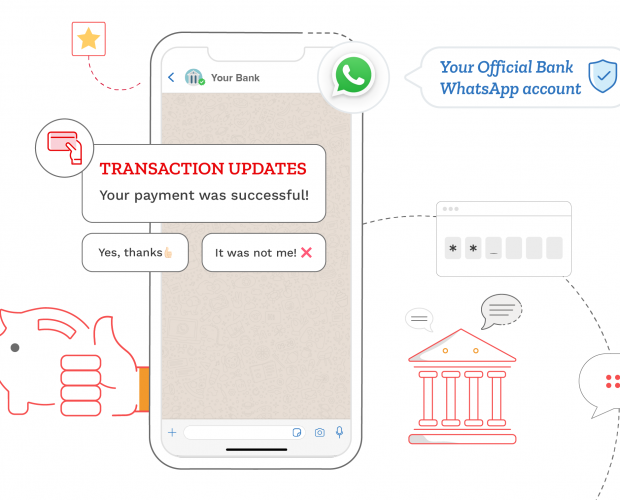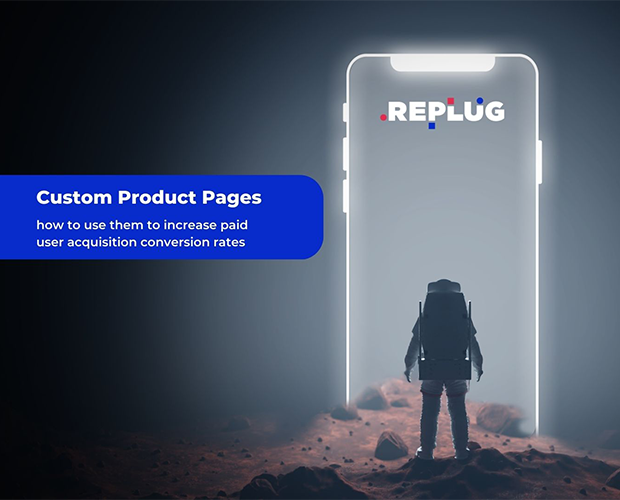Everything you need to know about Dynamic Preloads and Beyond – with Mobile OEMs
Robert Wildner, Co-founder and CEO of AVOW, explains the difference between Dynamic and Traditional Preloads and how to decide which is right for your app.

Before we dive into Dynamic Preloads and their benefits for mobile marketers and app developers, let’s have a brief look at some of the basics pertaining to Mobile OEM advertising.
What are Mobile OEMs & Mobile OEM advertising?
Mobile OEMs, or original equipment manufacturers, are companies that design and produce mobile devices such as smartphones, tablets, and wearables. The mobile OEM market includes brands such as Oppo, Vivo, Xiaomi and realme, all of whom have launched their own (alternative) app stores, which have their own store fronts, app promotion and app discovery solutions. Covering 54 per cent of the global android market share and providing access to over 1.5bn daily active users, mobile OEMs offer a unique and scalable opportunity for app developers and mobile marketers as an alternative pathway to reach audiences that Google and Facebook cannot access.
Mobile OEMs in the global mobile phone market
In 2022, smartphone sales reached an estimated 1.23bn units worldwide, with that number expected to increase by the end of 2023. Android OEMs maintain a stronghold in the global smartphone market, accounting for 79 per cent of the market share with over 2.5bn active Android users. As competition intensifies in the mobile advertising arena, marketers must explore effective strategies to stay ahead. Major OEMs such as Oppo, Vivo, and Xiaomi, who represent 23.8 per cent of the global smartphone market share as of March 2023, offer unique opportunities through Dynamic Preloads.
What are Dynamic Preloads?
Dynamic preloads are applications that are installed on brand new smartphones when users activate their devices for the first time and are presented with the option to download these apps as part of the setup process. This presents a highly relevant and premium user acquisition strategy for mobile marketers, allowing them to outpace competitors.
How do Dynamic Preloads work from a technical standpoint?
Mobile OEMs like Oppo, Vivo, and Xiaomi can customize which apps are recommended via the Google portal and target specific device groups. Google has developed an auto-install feature called Google Play AutoInstall (Google PAI), which allows these apps to be automatically downloaded from the Play Store onto compatible devices.
Dynamic Preloads differ from traditional preloads in that app downloads occur directly from the Google Play Store via over-the-air (OTA) updates. Android Application Packages (APKs) are automatically downloaded when the device connects to a network. This ensures that users receive the latest version of the preloaded app.
Google employs app bundles to generate and serve optimized APKs tailored to each user's device configuration, allowing users to download only the necessary files. AVOW enhances the speed, agility, and reliability of your app's overall user growth strategy by utilizing Google's Play AutoInstall (PAI) feature, a more efficient and effective solution than traditional APK preinstall configurations.
Consider a game app developer targeting the growing UK mobile gaming market, with revenues expected to reach US$5.59bn in 2023 and a projected average revenue per user (ARPU) at US$214.80. Dynamic preloads can provide significant competitive advantages for UK app developers and mobile marketers, offering substantial opportunities to acquire new users each time a smartphone is activated by first-time users. Furthermore, Dynamic Preloads showcase the app in a premium light, enhancing brand visibility.
Dynamic Preloads vs. Traditional Preloads
As the mobile industry continues to innovate, app advertisers increasingly find themselves at a crossroads between using Dynamic Preloads or Traditional Preloads. The decision is not simply a case of one being better than the other, but rather, what might be the best fit when taking into account one’s goals and budget.
Traditional Preloads can offer marketers a “guaranteed” volume of downloads, as the app would be pre-installed in every phone that is shipped. This also increases the OEM inventory available to marketers and the inventory is not dependent on which competitors might be bidding for that inventory. Furthermore, many international markets are “dominated by carriers”. Meaning, each Dynamic Preload campaign requires carrier consent to run. This obstacle is nullified when booking a factory preload deal. However, Traditional Preloads require a minimum yearly commitment, and do not have the flexibility in pricing that Dynamic Preloads offer. The beauty about a yearly commitment, however, lies in the negotiation power an advertiser has and the resulting lower Cost per Install (CPI).
Dynamic Preloads, on the other hand, operate solely on a Cost per Install (CPI) model, which forgoes “guaranteed” volume for a more curated approach, as users would still have to actively consent and choose to have the app on their phones. This also means that marketers have more flexibility with pricing, and only pay for every installation of the app, thereby reducing their financial outlay and commitment from the outset. Dynamic Preloads, however, have a smaller OEM inventory, with available inventory subjected to how much a marketer bids. Running a dynamic preload campaign also does not require any additional technical work, as no separate APK or testing is required. The campaigns can be set up straight from the user acquisition team.
At its core, the choice between the two boils down to needs and goals, as well as the available budget. In short, one could look at it as a quantity vs quality approach, with both solutions offering their own sets of advantages for different needs. This is where having market experts with years of experience in the industry can make the difference in helping you make the right choice when choosing the best preloads solution.
Seven key insights about Dynamic Preloads for mobile marketers:
- Users receive the latest app version upon initial phone activation.
- Smaller budgets are needed compared to traditional factory preload advertising and user acquisition campaigns.
- App developers experience a faster turnaround from launch to app discovery.
- No SDK implementation or technical integration is required for advertisers.
- Advertisers pay for app launches (Cost per Install)
- Users have an 'opt-out' option if they choose not to use the app.
- Able to optimize based on device models after the initial launch.
The future of Dynamic Preloads
If you want your app to reach the large swathes of customers using smartphones from OEMs like Oppo, Vivo, Xiaomi and realme, Dynamic Preloads offer one of the most effective, exclusive, and direct routes to achieve this goal. As your app is pre-installed on the device, it gains strong visibility, positioning it as a 'go-to' app for a new set of users.
AVOW's territorial exclusivity and partnership with Mobile OEMs can help you achieve your user acquisition goals through dynamic preloads. AVOW assists app developers and brands in launching their apps on specific devices with targeted geo-location, depending on the markets they wish to penetrate.
Contact our team today to learn how AVOW's unique offering can help you scale your business by implementing dynamic preloads for user acquisition.
.png)
